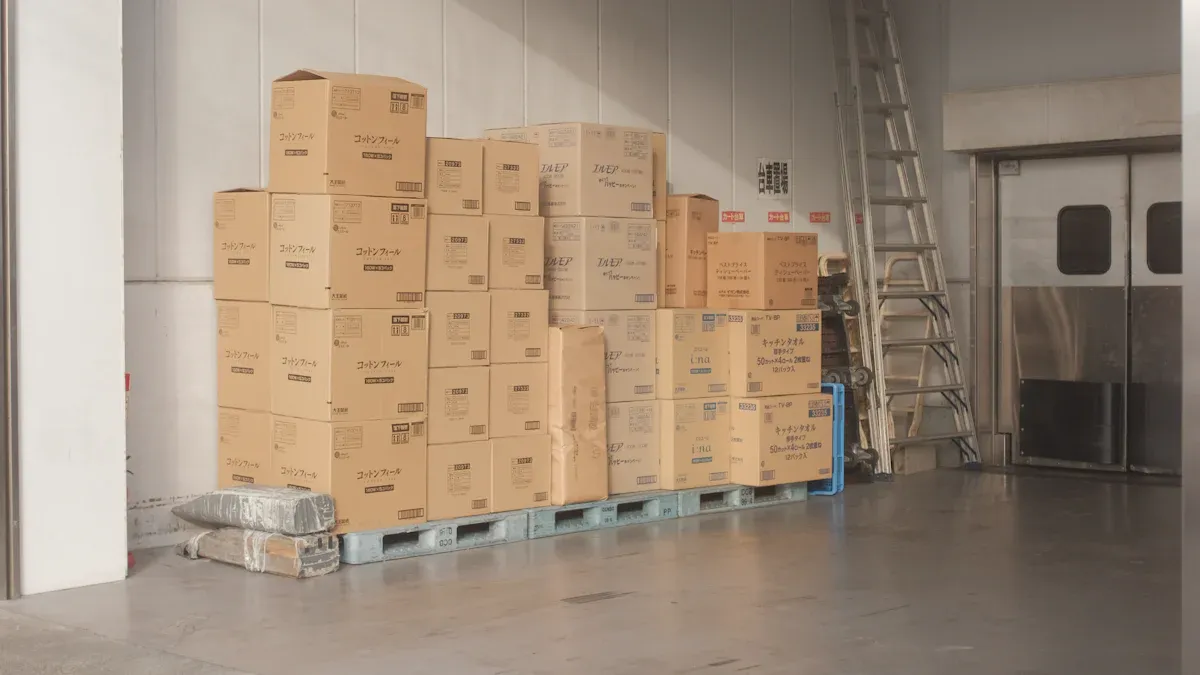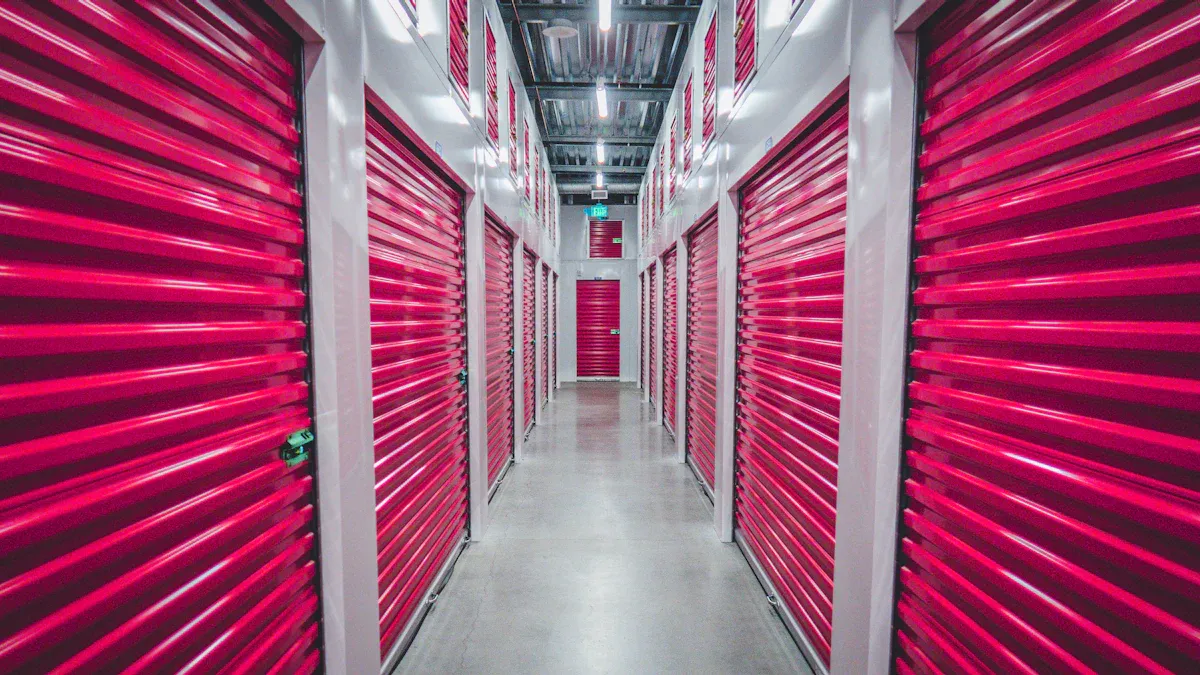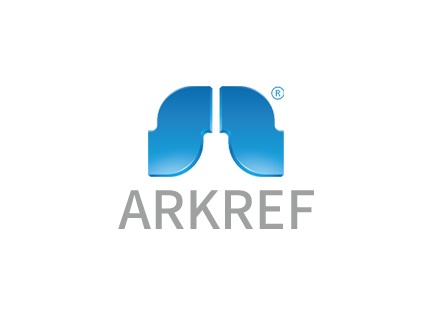How to Select a Cold Room That Matches Your Budget and Requirements

Selecting a cold room means you need to think about your money and your business goals. Knowing what your customers want helps you pick the best storage for your products. Different industries need different types of cold storage:
Industry | |
|---|---|
Food | Chilled storage keeps fresh produce, dairy, meat, and seafood safe and good. |
Pharmaceuticals | Strong climate control is needed for vaccines and medicines that need certain temperatures, especially during COVID-19. |
Agriculture | Good cold storage helps stop food loss after harvest and keeps fruits and vegetables fresh. |
You might work in food, medicine, or farming, but knowing what customers need is most important. Cold storage is growing because people want flexible options and new technology. When you plan, think about what you need now and what will help later. Ask experts for help so you can make good choices.
Key Takeaways
Make a list of what you want to store. Think about what temperature and humidity each product needs. This helps keep your items safe and fresh.
Pick a spot for the cold room that is easy to reach. Staff and delivery trucks should get there without trouble. A good location saves time and money.
Choose cooling systems that use less energy. Get insulation that is strong. These things help keep the cold room at the right temperature. They also lower your energy bills.
Think about how your business might grow. Pick a cold room that can get bigger later. Modular systems let you add more space when you need it.
Check out different suppliers before you buy. Find ones with good reviews and strong warranties. Make sure they offer help and support for your cold room.
Assess Your Cold Room Needs
Product Types and Volume
You need to start by looking at what you plan to store. Different products have different needs. If you work in food processing, you might store meat, dairy, or vegetables. Each type of product needs its own temperature and space. You should make a list of all the items you want to keep in cold storage. Think about how much you need to store at one time.
For food processing, you may need to store raw ingredients and finished products.
If you handle fresh produce, you need more space for large shipments.
In the pharmaceutical industry, you might store smaller items but need strict controls.
Tip: Write down your busiest season. This helps you plan for the largest volume you will need to store.
Temperature and Humidity Requirements
Every product has a best temperature and humidity level. You must know these numbers before you choose a cold room. For example, meat and seafood need colder temperatures than fruits or vegetables. Food processing often needs different zones for raw and cooked items.
Humidity management is also important. If the air is too dry, some foods can spoil. If it is too wet, mold can grow. You should check the recommended settings for each product.
Product Type | Ideal Temperature | Ideal Humidity |
|---|---|---|
Fresh Produce | 32-41°F | 85-95% |
Dairy | 34-38°F | 80-95% |
Meat/Seafood | 28-32°F | 85-90% |
Pharmaceuticals | 35-46°F | 30-50% |
Note: Good cold storage keeps products safe and fresh. It also helps you meet health and safety rules.
Location and Logistics
You should think about where you will put your cold storage. The location affects how easy it is to move products in and out. If you work in food processing, you want your cold room close to your production area. This saves time and keeps food safe.
Choose a spot with enough space for workers and equipment.
Make sure trucks and delivery vehicles can reach the cold storage easily.
Check that the floor can support the weight of the cold room and stored goods.
If you plan to grow your business, pick a location that lets you expand your cold storage later. Good planning now saves you money and trouble in the future.
Remember: The right location and setup help your team work faster and keep products at the right temperature.
Explore Cold Storage Options

Walk-In Cold Rooms
Walk-in cold rooms are common in food businesses. They work well for small or medium companies. You can store dairy, meat, or produce inside. Staff can get to products easily. Shelves and racks help keep things organized. Many people like walk-in cold rooms because they are easy to care for. You can move or make them bigger if you need more space. Walk-in cold rooms help keep food safe and fresh.
Modular Cold Storage
Modular cold storage is more flexible. You can add or take away parts as your business grows. This type is good for companies that need to get bigger fast. You can use modular units for food, farming, or medicine. They are quick and easy to set up. Here is a table that shows how long each step takes:
Phase | Duration (Weeks) | Description |
|---|---|---|
Design and Engineering | 3-5 | Detailed design and engineering of the system. |
Off-site Fabrication | 9-13 | Fabrication of components off-site. |
On-site Installation | 2-4 | Final installation and commissioning on-site. |
Modular cold storage saves time. You can use your cold room sooner. You can also change the size when you need to.
Custom Solutions and Costs
Sometimes, you need a custom cold room. These are made for special needs in food or medicine. Many things can change the price of a custom cold room. You need to think about rules, energy use, and new technology. Here is a table that shows what can change the cost:
Factor | Description |
|---|---|
Regulatory Pressures | Meeting strict guidelines like FDA or environmental standards. |
Energy Costs | Investing in insulation and energy management to lower expenses. |
Sustainability Goals | Choosing greener cold storage options for your business. |
Technological Innovations | Using smart systems for better energy use and compliance. |
Market Dynamics | Reducing your carbon footprint to meet global climate goals. |
Custom cold rooms help you get what you need. You can pick features that save energy or help the environment. You can also use new technology to watch your cold room. These choices help you save money and make your business better.
Tip: Custom cold rooms may cost more at first. But they can save money later by using less energy and following the rules.
Key Cold Room Features

Insulation and Panels
Strong insulation is important for your cold room. Foam panels work well to stop energy from escaping. They help keep the temperature steady inside. This saves you money because you use less energy. Good insulation also keeps your products safe and fresh.
Type of Insulation Panel | Effectiveness in Cold Rooms |
|---|---|
Minimize energy loss and maintain precise temperature controls in the cold chain industry. |
The thickness and material of the panels matter a lot. Some materials, like PUR or PIR, keep the cold in better. Thicker panels help save more energy. They make the temperature stay the same. This is very important for food processing and other cold storage.
Tip: Pick the thickest panels you can afford. This helps you save money on energy and keeps your cold room working well.
Energy-Efficient Cooling
Cooling systems use a lot of power in cold rooms. You can save money by choosing energy-saving cooling units. New technology helps you watch the temperature all the time. Sensors and AI systems help you use less energy. They also help stop food from going bad. Some cooling systems use green energy or natural refrigerants. These are better for the planet.
Some cold rooms have humidity control and smart checks. These features help keep food fresh for longer. Using energy-saving cooling can help you save a lot of money each year.
Reduction in Energy Use | Potential Savings |
|---|---|
19% | Significant |
30% | Immediate |
50% | Major/Long-term |
Note: Energy-saving cooling can cut your costs by half. This means you keep more money in your business.
MEP Systems and Automation
MEP stands for mechanical, electrical, and plumbing. These systems help control temperature and humidity. Good MEP design makes your cold room work better and use less energy. Here are some ways MEP systems help:
Keep temperature and humidity steady for good products.
Combine cooling, air flow, and power for strong results.
Plan air movement to stop hot or cold spots.
Pick the right size equipment and use energy-saving cooling.
Use smart controls to change settings quickly in every area.
Automation makes your cold room even better. Automated systems give you:
Fast alerts if the temperature changes, so you can fix it.
Watch all areas from your phone or computer.
Automatic records to help you follow health rules.
Warnings before equipment breaks, so you can fix it early.
Remember: Automation helps stop mistakes and keeps your products safe. It also helps you follow rules and avoid big problems.
You get the best results when you use good insulation, energy-saving cooling, and smart MEP systems. These features work together to give you strong temperature control, better energy use, and lower costs in your cold room.
Match Features to Budget
Size and Scalability
Pick a cold room that is the right size for you. If you work in food processing, you might need more space at busy times. Choosing a cold room that fits now helps you save money. Think about what you might need later. Your business could get bigger or add new products. Scalability means you can make your cold room bigger without starting over.
Here is a table that explains why scalability is important:
Aspect | Insight |
|---|---|
Scalability | Make sure your cold room can grow with your needs, especially if you get more orders from online sales or global trade. |
Long-term ROI | Look at the total cost, like maintenance, energy savings, and how well it works over time. |
Planning for growth helps you avoid spending more money later. Modular systems are good for food processing because you can add space when needed. This makes your cold room a better deal as time goes on.
Tip: Always check if your cold room can get bigger easily. This helps you store more products as your business grows.
Operating and Maintenance Costs
You should think about more than just the price to buy a cold room. The cost to run and take care of your cold room affects your budget every month. Energy-efficient systems use less power and help you save money. Good insulation keeps the temperature steady and lowers your bills. In food processing, you need equipment you can trust to keep food safe.
Regular maintenance stops small problems from getting worse. Automated systems can warn you about issues before they cause trouble. You should also see how easy it is to clean and fix your cold room. Simple designs save you time and money.
Pick equipment that uses less energy.
Plan for regular check-ups and cleaning.
Choose systems that are easy to repair.
Remember: Lower running costs mean you keep more profit from your food processing business.
Compare Cold Room Suppliers
Reputation and Support
You need a supplier you can trust. A good supplier helps your business run well. They also help keep your products safe. When you look at suppliers, do not just check the price. See if they follow all the rules. Check if they use new technology. Find out if they care about the environment. Ask if they offer energy-saving choices. Some suppliers help you save on repairs and plan for the future. Here is a table to help you compare suppliers:
Criteria | Description |
|---|---|
Compliance with Regulations | Do they meet all safety and health rules? |
Innovation Capacity | Can they add new features or technology? |
Sustainability Credentials | Do they use green practices and materials? |
Energy Efficiency | Will their systems save you money on power? |
Maintenance Costs | Are repairs and upkeep affordable? |
Total Cost of Ownership (TCO) | How much will you spend over the life of the equipment? |
Scalability | Can you make your system bigger if you need to? |
Long-Term ROI | Will you save money and get good value over time? |
Tip: Talk to other food processing businesses. Ask them about their suppliers. Good support is important when you need help fast.
Installation and Warranty
Pick a supplier who does good installation. A good team sets up your cold room fast and safe. This lets you use your cold storage right away. Some suppliers teach your staff how to use the cold room. This helps stop mistakes in food processing.
Check the warranty before you buy anything. A long warranty means the supplier trusts their product. It also means you get help if something breaks. Some suppliers give regular check-ups and repairs. This keeps your cold room working well and your products safe.
Pick a supplier with a clear warranty.
Ask if they give after-sales help and emergency service.
Make sure they have spare parts you can get easily.
Remember: Good installation and a strong warranty help you avoid problems. This keeps your food processing business running well.
You can pick the best cold room for your business by doing a few simple things:
Measure your space and make sure doors are wide enough for delivery.
Leave space for air to move so your cold room works well.
Think about how much you need to store now and later.
Pick suppliers who have done good work in food processing and technology.
Find energy-saving features so you get more for your money.
Careful planning and getting help from experts helps you avoid mistakes. Expert help also makes sure you follow all rules and keep products safe.
FAQ
What is the most important factor when choosing a cold room?
You should focus on your storage needs first. Think about what you will store and how much space you need. This helps you pick the right size and features.
How can you lower energy costs in your cold room?
Use high-quality insulation and energy-efficient cooling systems. Regularly check doors and seals for leaks. Smart controls help you monitor and adjust temperature to save power.
How often should you maintain your cold room?
You should schedule maintenance every three to six months. Clean the inside, check the cooling system, and inspect seals. Regular care keeps your cold room working well and prevents costly repairs.
Can you expand your cold room in the future?
Yes, you can choose modular cold rooms. These let you add more space as your business grows. Modular systems make it easy to adjust your storage without starting over.
See Also
Choosing the Ideal Walk-in Cold Storage Solution
Freezer Room vs Cold Room: Finding Your Best Fit
Constructing a Cold Room for Optimal Performance

